Fuel Exhaustion Causes EMB-110 Emergency Landing (Wiggins EMB-110 N116WA)
The US National Transportation Safety Board (NTSB) has recently reported on a serious incident that involved Embraer EMB-110P1 Bandeirante, N116WA, operated by Wiggins Airways on a cargo flight on 21 May 2014 from Manchester International Airport, NH to Burlington International Airport, VT.
The Incident Flight
While in cruise at 8,000 ft the fuel low pressure light-boost pump fail light illuminated. Shortly after, the right engine flamed-out first, followed by the left. The pilot declared an emergency and noticed the small Warren-Sugarbush general aviation airfield (with a 2575 feet x 30 feet runway) about 5 miles away. The NSTB say:
Immediately upon touchdown he utilized “aggressive braking” and the left tire deflated, the airplane veered to the left, the left main landing gear departed the paved portion of the runway, and subsequently the right tire deflated. …skid marks began about 475 feet after the runway threshold, the left main landing gear departed the paved portion of the runway 942 feet past the initial tire skid marks, and the airplane came to rest 1,509 feet past the initial tire skid marks, with 590 feet of runway remaining.
The single pilot was uninjured and the aircraft sustained only minor damage to the left wing flap.
The Investigation
The NTSB say:
Examination of the fuel tanks utilizing both the airplane’s fuel gauges in the cockpit and the dripless stick method revealed that both fuel tanks were devoid of fuel. There was no evidence noted of any fuel leak or staining and the fuel caps were secure and in place. …following the incident maintenance personnel performed a fuel quantity accuracy test and no abnormalities or malfunctions were noted with the fuel quantity indication system.
In a statement to an inspector of Vermont Aeronautics the pilot said he:
…was called in as a back-up pilot to fly the UPS cargo run from MHT to BTV as the regular pilot called in sick.
The pilot explained:
…the “normal procedure” for refueling was that the pilot leaves a fuel order the night prior and that 1,000 pounds per side was “their standard fuel load for this run.” He had not observed the fuel upload. He said that he turned on the master switch and that normally the fuel gauges would travel through their full range of indication and then settles back to the amount that the aircraft onboard the aircraft. He stated that he saw 1,000 lbs a side this morning in his check. He stated that he did not observe the gauges cycle through their range of indication, that he was doing other flight deck checks.
The NTSB go on:
According to a Federal Aviation Administration (FAA) inspector, the airplane was last fueled on May 13, 2014. Since that refueling, the airplane had flown 1.9 flight hours and consumed about 1,200 pounds of fuel. Also during the time from the last refueling and the incident, maintenance personnel performed multiple engine performance runs and two taxi repositions. One maintenance technician reported to the FAA inspector that during an engine run on May 17, 2014, he noted approximately 500 pounds of total fuel on board. No refueling records were located after the May 13, 2014 refueling and before the incident flight.
The NTSB therefore concluded that the aircraft had not been refuelled, and the pilot had mistaken in believing there were 2,000 pounds of fuel aboard. On 3 February 2016 they determined the probable cause was:
The pilot’s inadequate preflight inspection, which resulted in a total loss of engine power due to fuel exhaustion.
Our Comments
It is possible that during the check the pilot was misled by confirmation bias and saw what he expected to see. There is however no mention of checking the aircraft technical log and associated the fuel uplift entries, another defence, or in-flight monitoring of the fuel gauges.
Fourteen years to the day before this incident, fuel mismanagement caused a BAe Jetstream 31 crash near Wilkes-Barre, PA that killed all 19 on board. In that case:
All available information indicated the crew planned to add a total of 180 gal of fuel to the airplane, and in that event it would have been common industry and company practice to ask for 90 gal on each side. However, based on the evidence, it appears that a breakdown in communication between the pilots and the fueler resulted in only 90 gal (about 600 lb) of fuel being added, a total amount confirmed by the fuel-order receipt. Further, it is likely that the flight crew did not confirm the amount of fuel loaded before departure because flight crews do not see the fuel receipts after fueling and because the pilots were not outside the airplane monitoring the fuel loading. There was no evidence that the flight crew asked for additional fuel to be added during the stop at ACY.
We have also examined: 2005 ATR72 Ditching after fuel exhaustion
Another historic fuel exhaustion accident with a human factors aspect involved a Varig Boeing 737 in Brazil in 1989. PP-MK forced landing in jungle after a navigation error. The flight plan had presented the 27.0 degrees course as 0270 with no decimal place and 0270 degrees was entered in the HSI and not spotted. There were 41 survivors but 13 fatalities.
UPDATE 18 August 2016: TSB Aviation Investigation A13Q0098: Fuel exhaustion and emergency landing in a field near Beloeil, Quebec, of a Beech King A100 operated by Aviation Flycie Inc.
The Transport Safety Board of Canada (TSB) has finally issued their report into a fuel exhaustion accident in Quebec on 10 June 2013.
The Beechcraft King Air 100 (registration C-GJSU, serial number B-88) operated by Aviation Flycie Inc. took off from the Montréal/St-Hubert Airport, Quebec, on a local flight under visual flight rules with 1 pilot and 3 passengers on board. As the aircraft approached Runway 24R at the Montréal/St-Hubert Airport, both engines (Pratt & Whitney Canada, PT6A-28) stopped due to fuel exhaustion. The pilot diverted to the St-Mathieu-de-Beloeil Airport, Quebec, and then attempted a forced landing in a field 0.5 nautical mile west of the St-Mathieu-de-Beloeil Airport.
Flightpath of Aviation Flycie Beechcraft King Air 100 C-GJSU (Credit: TSB Annotations on Google Earth Image)
The aircraft struck the ground 30 feet short of the selected field, at 1725 Eastern Daylight Time. The aircraft was extensively damaged, and the 4 occupants sustained minor injuries.
Wreckage of Aviation Flycie Beechcraft King Air 100 C-GJSU (Credit: Régie intermunicipale de police Richelieu-Saint-Laurent via TSB)
This accident highlights important human factors, competence and regulatory oversight issues. We examine the accident further here: Canadian KA100 Fuel Exhaustion Accident
UPDATE 24 June 2017: the US National Transportation Safety Board (NTSB) has reported on a landing accident that occurred after an unstabalised approach that followed a diversion due to a fuel shortage of Cessna Citation 500 N332SE on 4 December 2016:
The pilot reported that he originally requested that the fixed base operator (FBO) at SJC [San Jose] put 100 gallons of jet fuel in each wing fuel tank. Later during his preflight, the pilot decided that more fuel was needed, so he went back into the FBO and requested that the airplane’s fuel tanks be topped off with fuel. The pilot was still in the FBO when he saw the lineman fuel the airplane from the fuel truck.
He paid for the fuel without looking at the receipt and then proceeded out to the airplane. The pilot reported that he did not recheck the fuel gauges before departing SJC.
The pilot reported that he departed on the flight, but it was not until about an hour after takeoff that he checked the fuel gauges. He stated that the fuel gauges were showing about 900 to 1,000 lbs of fuel per side, and he realized that the fuel tanks had not been topped off with fuel.
UPDATE 7 November 2017: Running on Fumes: Fatal Canadian Helicopter Accident
UPDATE 4 July 2020: A Baffled Attitude Fuel Starvation Accident
UPDATE 27 July 2020: TSB identified that a distraction that resulted in fuelling being overlooked and the subsequent unnoticed fuel shortage resulted in fuel exhaustion and the subsequent forced landing on a frozen lake bed in Gillam, Manitoba of Beech King Air 200 air ambulance C-FRMV operated by Keewatin Air on 24 April 2019.
Aerossurance is pleased to be supporting the annual Chartered Institute of Ergonomics & Human Factors’ (CIEHF) Human Factors in Aviation Safety Conference for the third year running. We will be presenting for the second year running too. This year the conference takes place 13 to 14 November 2017 at the Hilton London Gatwick Airport, UK with the theme: How do we improve human performance in today’s aviation business?

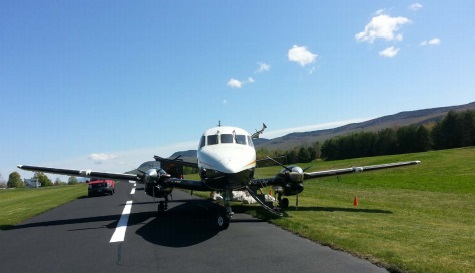
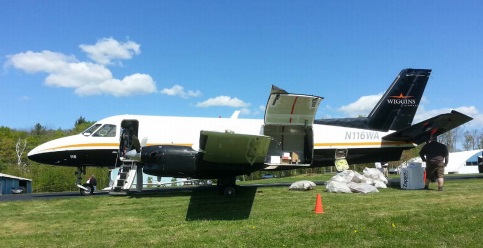
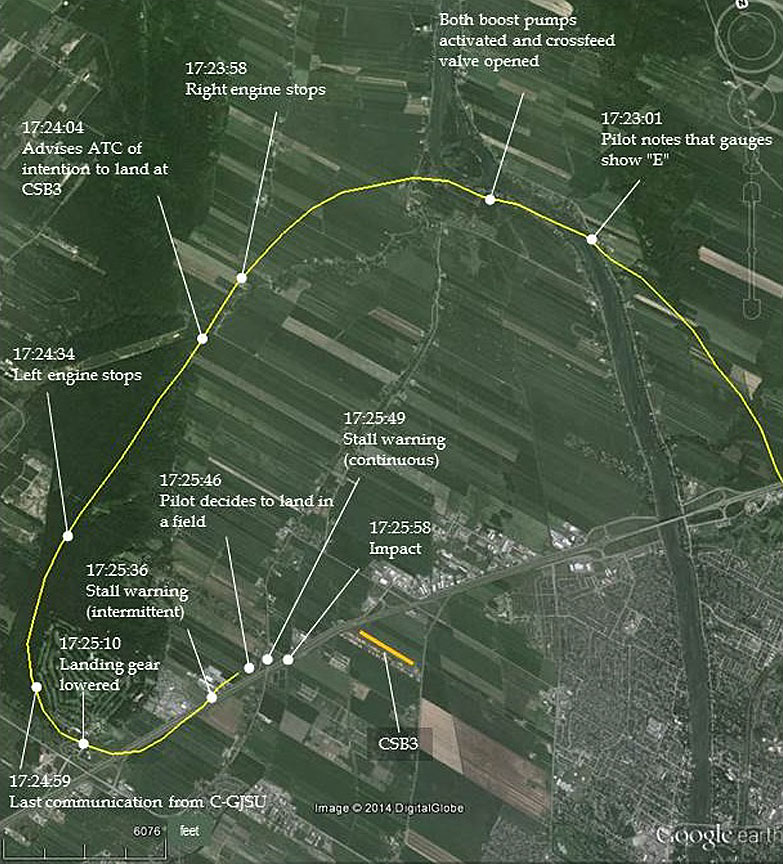
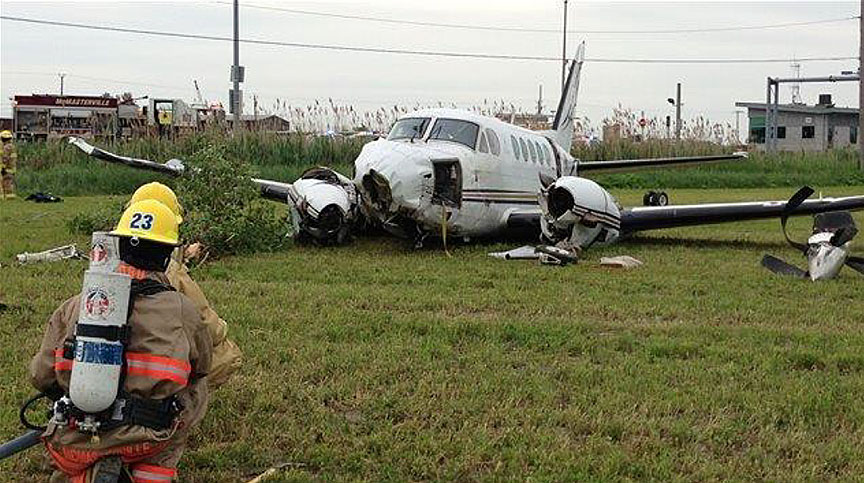
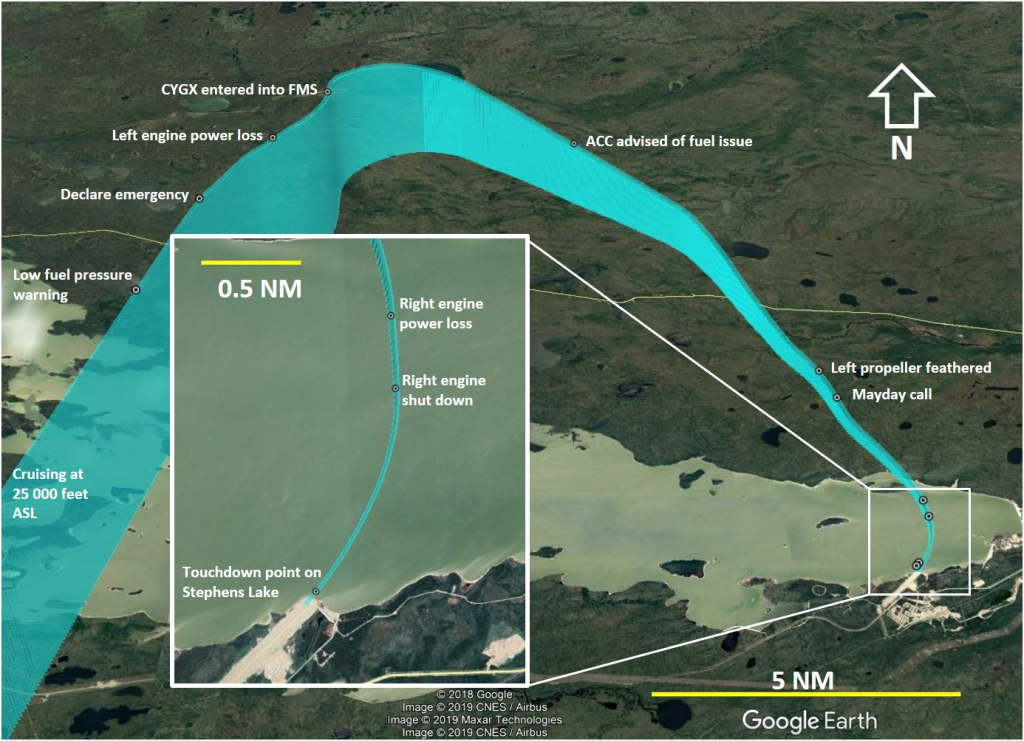
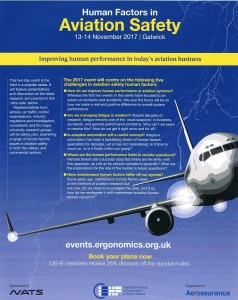
Recent Comments